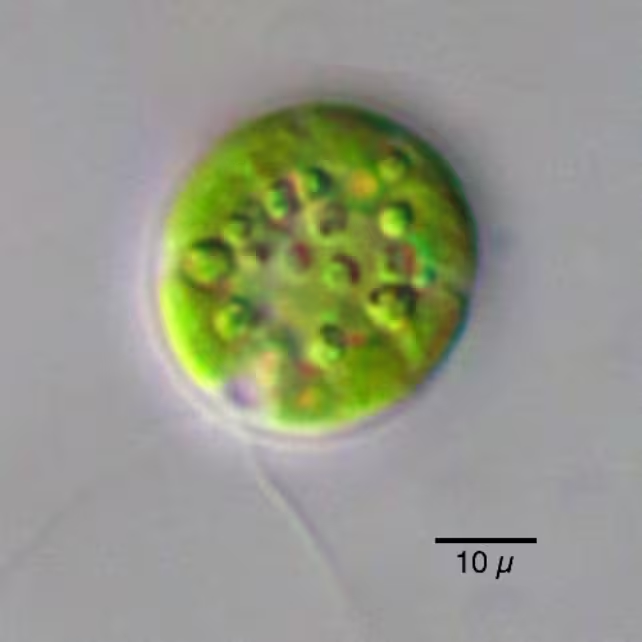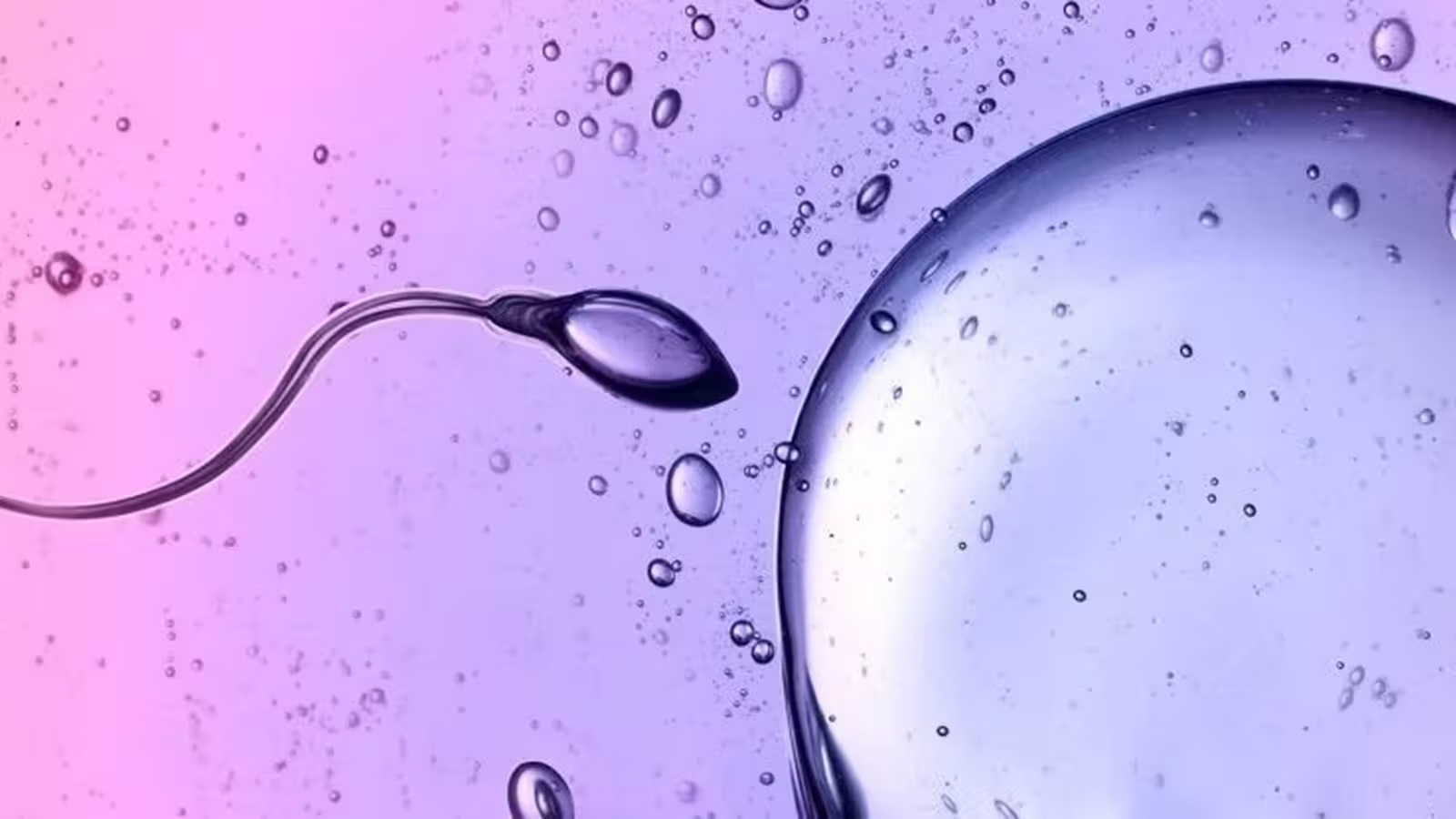4 Minutes
Rethinking the Laws of Physics at the Microscopic Scale
For over three centuries, Newton's laws of motion have provided the foundation for classical physics, dictating how objects behave under various forces. Yet, groundbreaking new research led by mathematical scientist Kenta Ishimoto of Kyoto University has demonstrated that certain microscopic life forms—like human sperm—seemingly evade these rules when slipping through highly viscous fluids. Published in October 2023, the study uncovers intriguing details about the mechanics of sperm motility, challenging our understanding of nature's fundamental laws.
Why Sperm Movement is a Physics Puzzle
At the heart of this phenomenon lies Newton's third law of motion: "For every action, there is an equal and opposite reaction." This law governs familiar events, like two billiard balls colliding and rebounding. Yet, when human sperm cells swim through thick, sticky environments, they glide with surprising ease—defying expectations that these fluids should hinder their progress.
This enigmatic movement is not unique to sperm. In fact, it's part of a broader category of systems called 'non-reciprocal interactions.' Similar behaviors are seen in flocks of birds and turbulent particle flows, where the symmetry of action and reaction breaks down. Unlike inanimate particles, biological swimmers like sperm and green algae generate their own energy, injecting motion into their environment and pushing the system far from equilibrium. In these circumstances, Newton's neat symmetry can unravel, allowing for motions not predicted by classical mechanics.

Investigating Sperm and Algal Swimming Mechanisms
To probe this mystery, Dr. Ishimoto and his fellow researchers analyzed both experimental data of human sperm and mathematical models of the green alga Chlamydomonas. Both organisms swim using long, whip-like structures called flagella—highly flexible appendages that protrude from their cell bodies. As these flagella undulate, they drive the cells through their environment.
Ordinarily, viscous fluids sap energy from moving objects, so the expectation is that a sperm's tail, or a Chlamydomonas' flagellum, should struggle against such resistance. Intriguingly, the research revealed that these flagella possess a unique material property known as 'odd elasticity.' This characteristic allows the tails to bend and wave efficiently, propelling the cells while minimizing energy loss to their surroundings.
Despite this discovery, odd elasticity alone couldn't fully account for the flagella's effective propulsion. Through refined computational models, the researchers introduced and defined a new parameter: the 'odd elastic modulus.' This term offers a more precise explanation of the internal mechanics that enable these appendages to transmit motion in such a nonreciprocal, energy-efficient fashion.
As the study authors note, "From solvable simple models to biological flagellar waveforms for Chlamydomonas and sperm cells, we studied the odd-bending modulus to decipher the nonlocal, nonreciprocal inner interactions within the material." This work fundamentally advances our understanding of how life navigates complex environments at the microscopic scale.

Broader Implications and Emerging Technologies
The implications of these insights reach beyond biology. By unraveling the physics of microscopic motility, scientists can design biomimetic micro-robots that self-assemble and move through complex fluids in ways similar to living cells. Such technologies have the potential to revolutionize targeted drug delivery, environmental monitoring, and soft robotics. Furthermore, the mathematical frameworks developed in this study can be used to better interpret collective behaviors—such as swarming, flocking, or even the movement of synthetic active materials.
Conclusion
The research led by Kenta Ishimoto and his team not only challenges one of the most well-established laws of classical physics but also opens revealing new windows into the world of active matter. By showing how sperm and algae swim through viscous environments without obeying Newton’s third law, the findings invite us to rethink how life operates at small scales and inspire the next generation of biomimetic engineering and soft robotics. These dynamic discoveries underscore the ever-evolving nature of scientific inquiry—and the excitement that emerges when the rules we thought were universal turn out to have fascinating exceptions.
Source: journals.aps



Comments